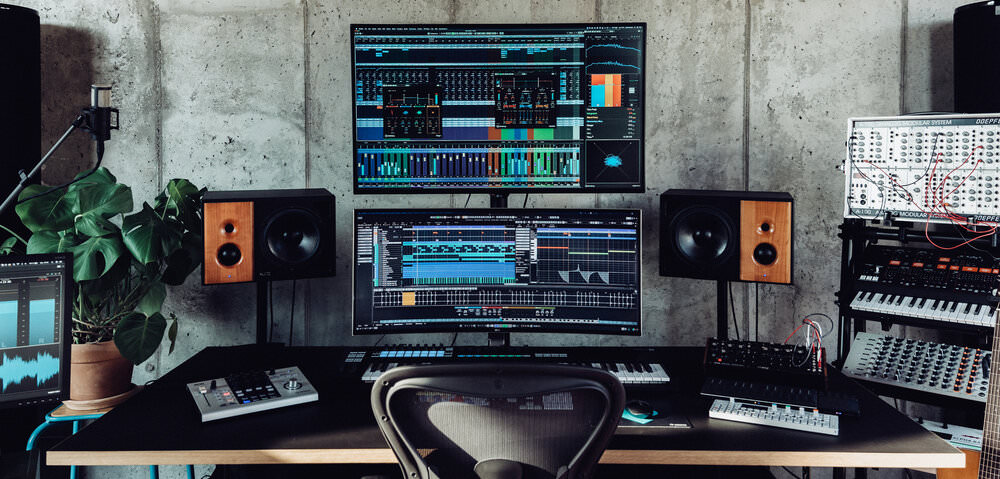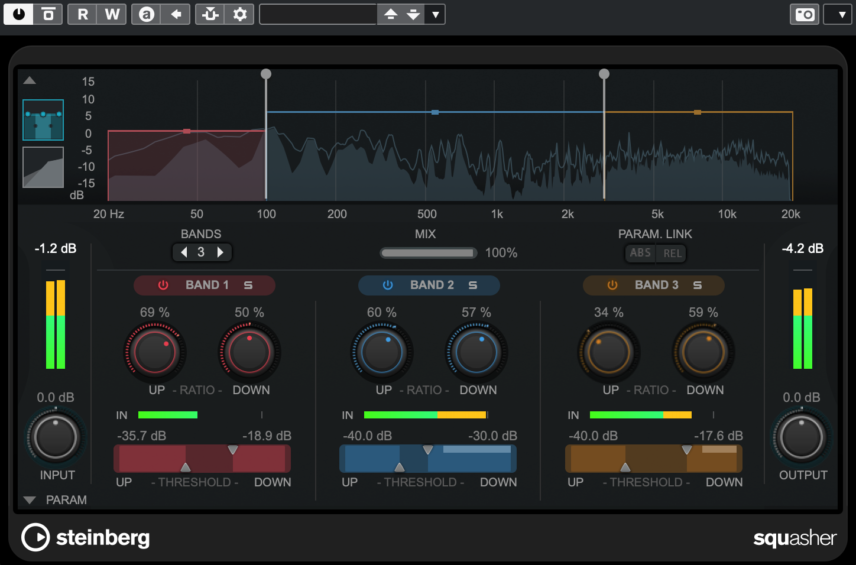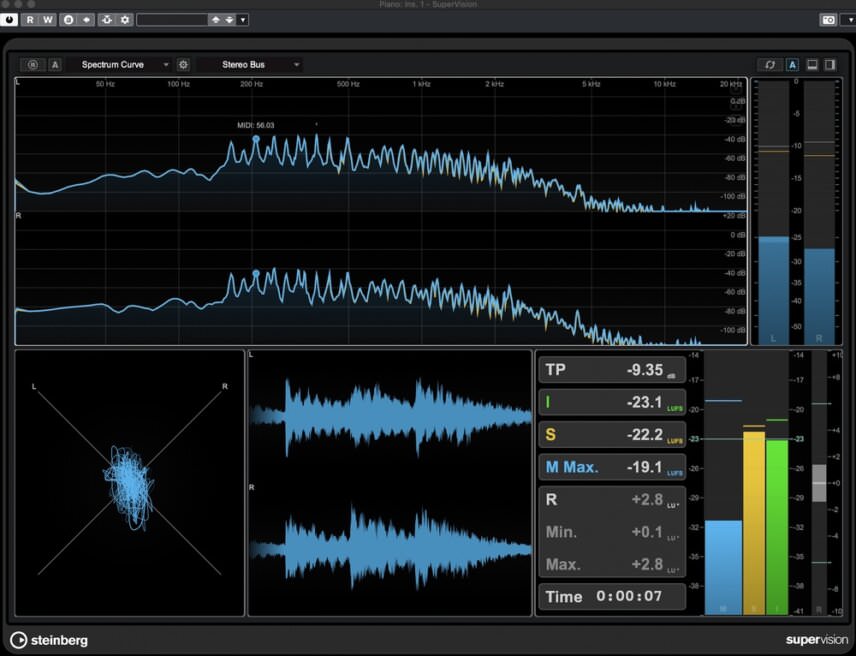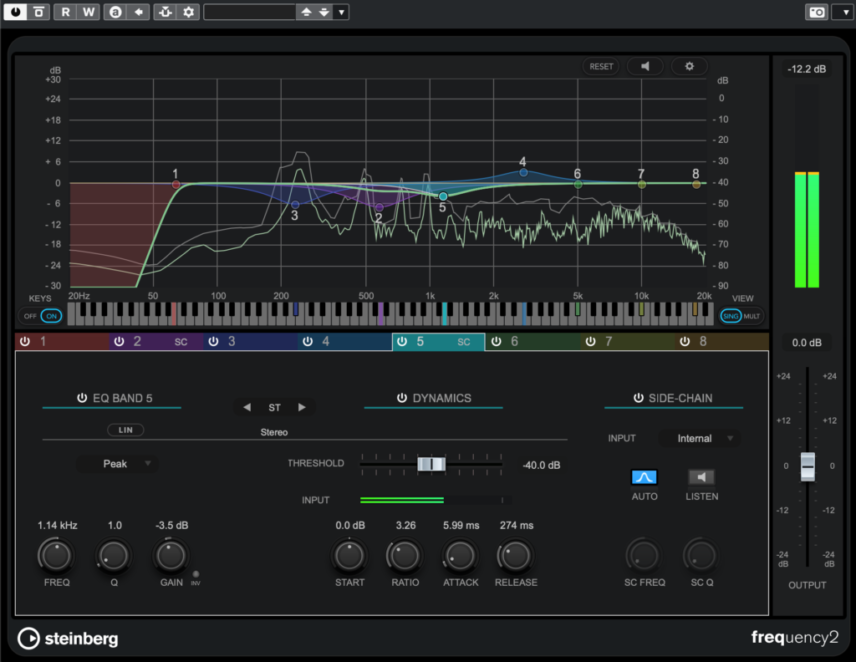The latest version of Cubase brings new content and features across all three editions of Steinberg’s flagship DAW, Elements, Artist and Pro. Highlights include an enhanced Sampler Track with new slicing features, a Scale Assistant that corrects out-of-scale MIDI notes and a new high-res metering tool.
Cubase has come a long way since the release of v1 in 1989. Many argue that the first version of the Steinberg DAW brought a new spark to the digital music-production revolution because of its intuitive UI that, to this day, is still embraced by the most popular DAW’s on the market.
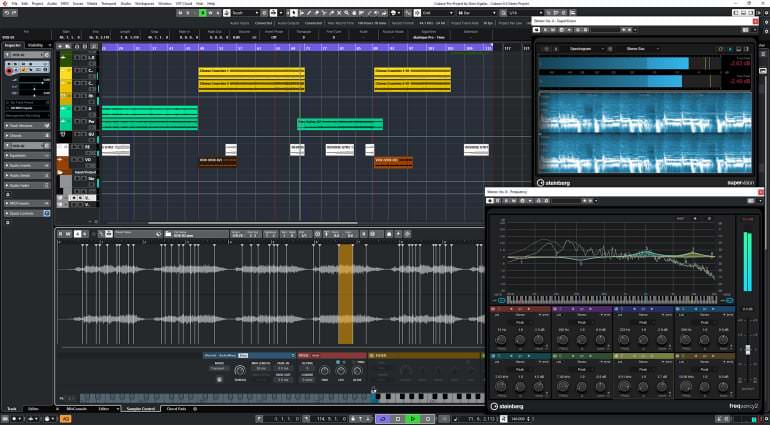
Fast-forward 31 years and Cubase has released its latest version, number 11, that introduces both workflow enhancements and a slew of new tools. Many of the updates apply to all three editions—Elements, Artist and Pro—but some are individually exclusive to certain editions.
Common to all versions are the enhanced Sampler Track, the Scale Assistant in the Key Editor, MIDI editing updates and a new multi-dynamics processor.
Cubase’s sampler now features a sample slicing mode, a monophonic legato feature and two globally mappable LFO’s. The Scale Assistant can be used to correct all of the incoming MIDI notes to the selected scale in realtime. It also offers the option to only display notes from the scale in the piano roll editor.
Squasher is the name of the new dynamics processor and it combines both upward and downward compression in one. As its name implies, it can also be employed for extreme crushing effects.
Further improvements to the Key Editor will now allow users to create ramps and curves in the CC and Pitch Bend lanes, setting pitch bend steps to semitones, copying CC edits to another MIDI track and deleting MIDI notes with a double-click.
In addition to the above, the Pro and Artist versions have been armed with a high-resolution multimeter analyzer called SuperVision and a four-band stereo-width processor called Imager. SuperVision offers up to nine module slots for level, spectral, phase and waveform analysis.
Operational updates for the Pro and Artist editions introduce Marker Lines for easier project navigation and a Pitch Visibility feature that quickly displays the pitch of selected clips or samples. The ARA workflow and Range Selection tool have also been improved.
Cubase Pro, which is the flagship edition, benefits from even more enhancements, with the indisputable highlight being an overhaul to the stem exporting process. Advanced options now include the choice to export a group of tracks, aux effects, and audio with or without master bus processing. The export queue function makes it so that selected stems can be exported one after the other.
Pro’s Frequency EQ has been levelled up to a dynamic EQ, now letting the user convert any of the eight bands into dynamic mode. It also supports multiple side-chain inputs that can be used to trigger the bands individually.
The entry-level Elements edition of Cubase now includes audio side-chaining and users of the second-tier Artist edition can work with an unlimited number of audio and MIDI tracks.
There are many more additions to Cubase and you can head to Steinberg for the full list of new features.
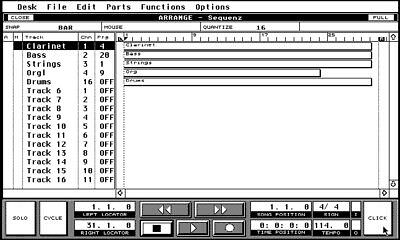
In terms of pricing, Cubase 11 will cost €559 for Pro, €329 for Artist and €99.99 for Elements.
Upgrade paths are available for users of previous versions and the software will continue to be authorized via a Steinberg eLicenser USB.
Cubase 11 is available now via the Steinberg online shop.
